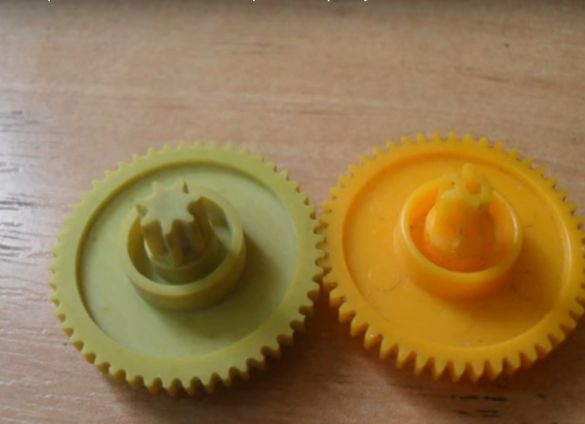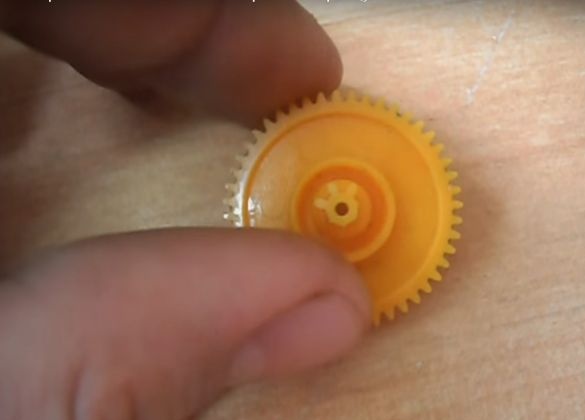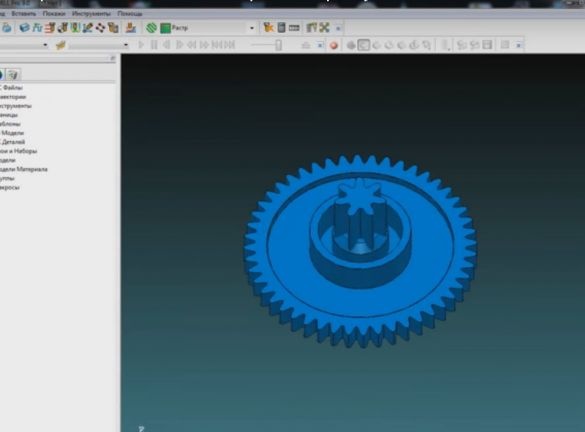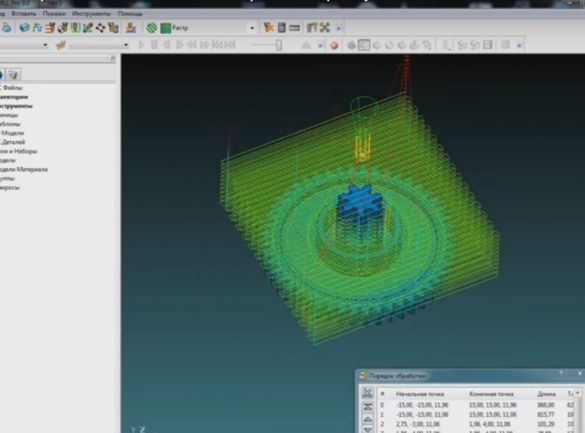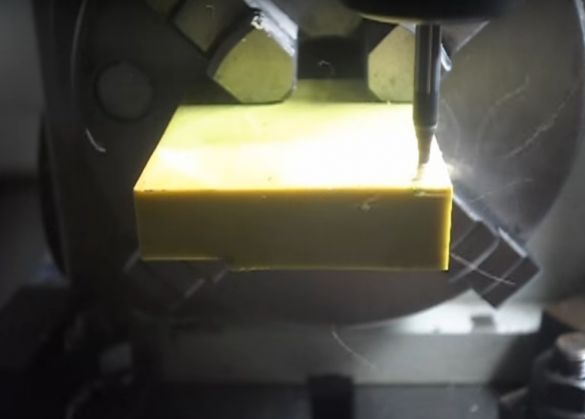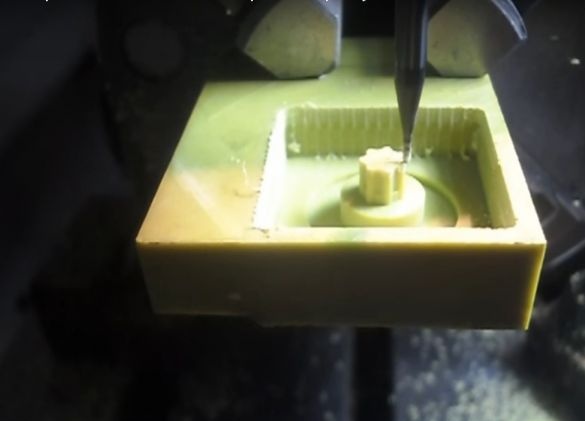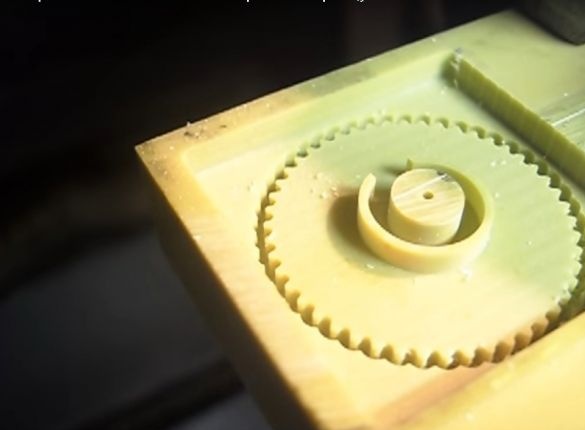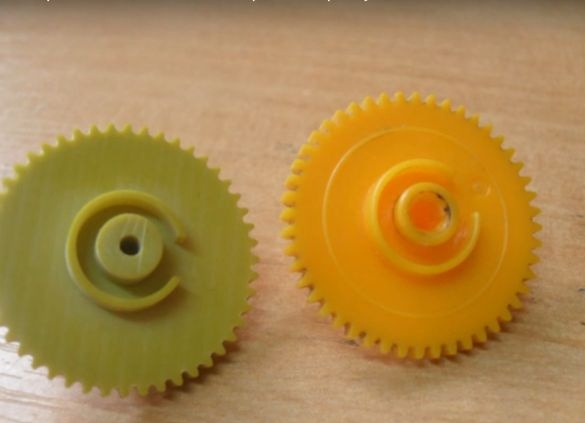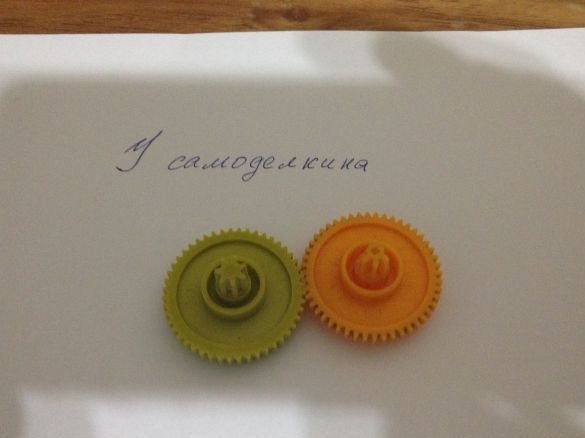Now the washing machines are controlled by computer modules, but about 15 years ago, it was all much simpler, or maybe harder, well, it's like someone. In the 15-year-old automatic washer, everything was also with the exception of the control module of the so-called command device. The command device, at that time it is a mechanical device with many gears of various sizes and a different number of teeth. And the more programs there were in the washing machine, the more massive this control module looked. Each gear carried some kind of information load. One answered that the heating element was switched off in time, the second for the water supply, temperature, pumping water, spin, rinse, etc. And all this is on the same axis and interacts with each other.
Now that you understand the complexity of the design, imagine that one of these gears is out of order, several teeth, or more precisely four out of seven, have broken. Accordingly, the washing process doubled (although it was not very fast from the factory anyway).
Turning to the service for help, they agreed to undertake the repair of antiques. After analyzing the problem and identifying the malfunction, a practically unsolvable problem appeared, to find a spare part for the mechanical command device. A lot of time was spent searching for the cherished gear, but all efforts were in vain.
Then thoughts arose about the manufacture of such a product. 3D model made familiar guys, with the help of a CNC machine, everything was put into practice.
Who cares what’s next, watch a video or read.
And so it was needed for the manufacture.
- 3D model of the manufactured part
- A program for creating a CNC machine control file
- Actually the CNC machine itself
- Model plastic
- face mill with a diameter of 1
- face mill with a diameter of 2
1. Here, in fact, is the culprit of this article. As you can see there is damage to the part (probably the developers miscalculated something with an effort on the tooth).
2. We open the simulated product in the program and calculate the progress for our CNC.
3. Take a suitable size model wax blank, fix.
4. Set zero and run the control program. The machine processes the workpiece on one side, then it rotates ninety degrees and the second side of the part is machined. After manufacturing, the finished part remains held in the workpiece on a thin film, which is easily removed after removal.
5. As you can see, in the end we got the necessary part for us.
P.S. I will say right away that the manufactured part will already be a little stronger as the density of the model plastic is slightly higher than in the original part.

